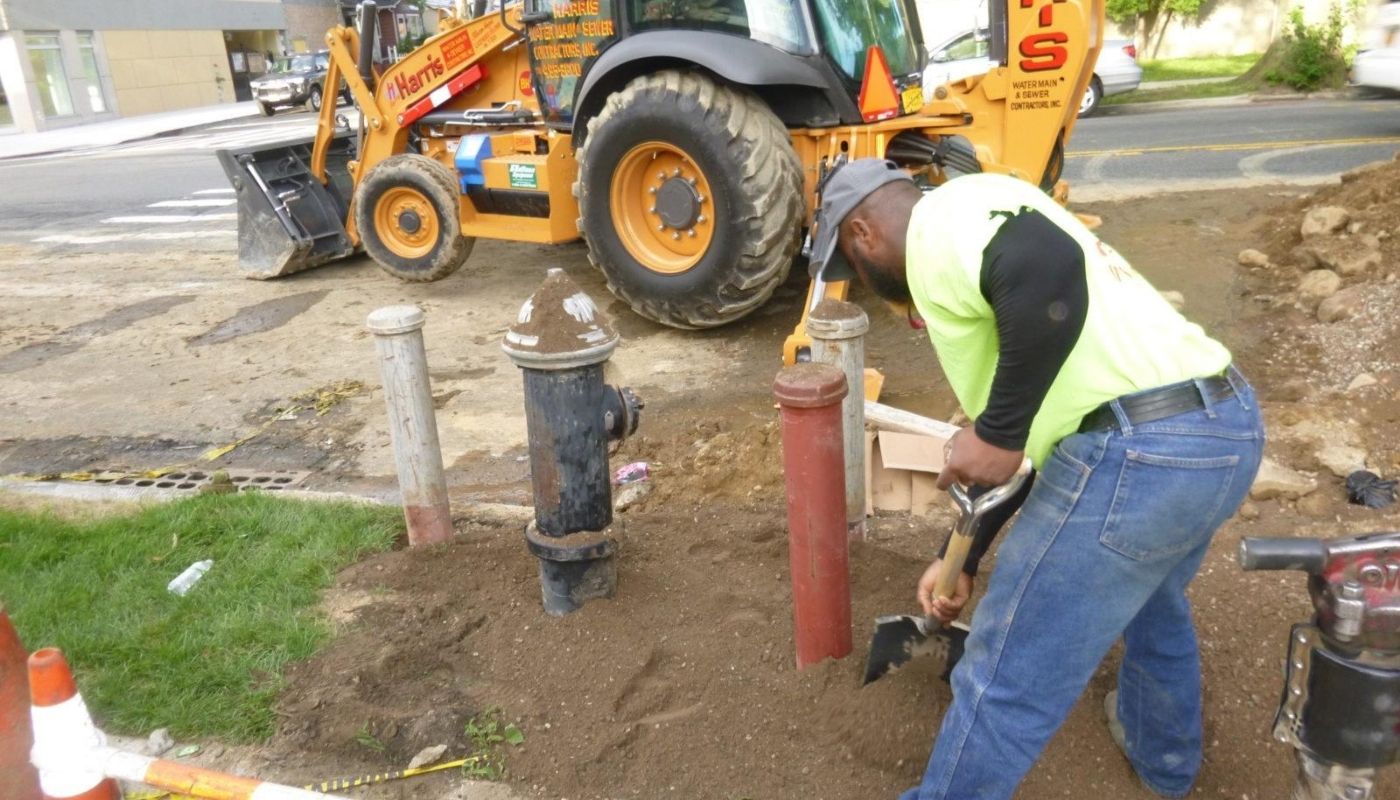The Department of Environmental Protection in New York City, as well as city and state laws, regulate how and where fire hydrants may be installed and how they must be maintained. Complying with fire hydrant installation regulations requires specialized knowledge. Firefighters depend on hydrants that are ready to supply water when necessary to battle blazes that threaten lives and property.
On or Off Premises
Regulations about fire hydrants differ depending on whether the hydrant is located on a public right of way or if it is installed on private property and intended to serve just that property. Hydrants on private property require backflow preventers to ensure that the municipal water supply is not contaminated. The Department of Environmental Protection (DEP) and the Fire Department of the City of New York (FDNY) must have access to the hydrant. New construction requires that hydrants be in place and working before and during construction.
Past images of summertime in New York City often featured youngsters frolicking in sprinklers that spray water supplied from a fire hydrant. It is illegal to open a hydrant in New York without permission from the FDNY. A responsible adult must fill out a form at the local fire station to have a hydrant fitted with a sprinkler and opened for recreational use. The fire station will set a schedule for when they turn the hydrant on and off.
Permits, Distance, and Connections
Installation or relocation of a fire hydrant requires a formal request to the DEP with substantial supporting documentation, permission from the FDNY, and a permit from the DOT if a street must be opened to complete the installation. If the DEP approves, it will issue a notice to proceed that outlines all the required steps.
Sometimes, businesses and contractors need temporary access to a public hydrant. This requires a permit and probably a backflow preventer to ensure the use (clearing sand or mud from a construction site, for example) doesn’t wash contaminants into the municipal water supply.
Regulations require at least three feet of open space around hydrants; regulations also require that hydrants are not be blocked or impeded in any way. The type of hydrant that may be installed and the manner of installation are also regulated. One very important fire hydrant installation regulation that a professional fire hydrant installation company will know about is that a DEP inspector must be on the premises for the entire installation of any new hydrant, all the way from excavation to completion.
Every hydrant installation is different, and the specific considerations of the site and installation require the kind of expertise Harris Water Main and Sewer can supply.





















